Patents at the Crossroads and Dreams of Trade Secret Land
by John Aquino on 05/11/18One thing those working in businesses affected by U.S. patents--which is includes most industries in the country--is that the concept of patents serving as protection for innovations is in crisis or in peril or at the crossroads.
I am at an attorney who works on most intellectual property issues, which are issues related to copyrights, trademarks and trade secrets. The fourth type of IP is patents, and I am not a patent lawyer. As a journalist, however, I have covered patent issues for 20 years working for American Lawyer Media and then for Bloomberg Law. I have studied the law and know enough to discuss it with patent attorneys and to write about patent litigations.
The reason U.S. patents are in crisis is because recent federal court decisions have resulted in invalidated patent types for which the U.S. Patent and Trademark Office had issued patents for years. In the medical research field, those types have included patents for isolated genes and some diagnostic methods. Another disruption for patent owners came from the legislative side. The America Invents Act of 2010 reshaped the PTO's patent court as the Patent Trial and Appeal Board and created the inter partes review to allow PTAB challenges to patents that the PTO has approved. Companies that have invested millions in innovations and spent years securing a patent have seen the patents invalidated. Some of these patents may indeed have been weak patents that should never have been issued. And the courts' reason for invalidating some biomedical patents has been that they are based on natural processes that don't deserve patent protection. Some of the patents have been invalidated by the PTAB through the IPR process have been respected patents that have brought cures and prolonged the lives of many people. As a result of medical research enterprises not being able to assure investors that the innovations they develop will retain patent protection, some of these enterprises, like the Cleveland Clinic, have stopped developing medical diagnostic products.
This situation led Gene Quinn of the legal blog IP Watchdog to ask on May 9 if the Supreme Court can correctly be labeled "anti-patent" ( http://www.ipwatchdog.com/2018/05/09/supreme-court-anti-patent/id=97011/ ). On April 11, PTO Director Andrei Iancu used the "patent system at the crossroads" phrase at the U.Ss. Chamber of Commerce Patent Policy Conference ( https: //www.uspto.gov/about-us/news-updates/remarks-director-andrei-iancu-us-chamber-commerce-patent-policy-conference ),He said that "the patent grant is less reliable today than it should be" as a result of "major reform legislation," like the AIA, major court cases, and actions by the PTO.
A few years ago, Kevin Noonan, a partner at McDonnell Boehnen Hulbert & Berghoff LLP, Chicago, and co-founder of the blog patentdocs, raised the possibility that those patenting medical research innovations in drugs, devices, or diagnostics might begin thinking about seeking trade secret protection rather than patent protection. I was on a panel at a conference in Cold Spring Harbor in New York at which the issue was discussed. I suggested that those standing in Patent Land looking across the border to Trade Secret Land might feel envious. In Trade Secret Land, I quipped, quoting a song from the musical South Pacific, "They got sunlight on the sand, they got moonlight on the sea, they got mangoes and bananas you can pick right off the tree, and they don't have to deal with the PTO."
While those seeking patent protection must get the patent approved by the PTO, those claiming trade secret protection do not seek any federal approval. They only have to keep the innovation secret. Think of the secret formulas for Coca-Cola or Kentucky Fried Chicken. While the texts for patents are published, trade secrets are not publicly known. They are kept under lock and key and known to only a few. That is their protection. Stealing trade secrets can result in criminal prosecution. Of course, if they were to become publicly known, they would be worthless.
Securing patents has become the practice of both biomedical and technological industries. Trade secrets are also utilized by these industries, often for the manufacturing process of the drugs or computer hardware. But patents for drugs, devices, and diagnostics have been called the life's blood of the biomedical industry that I covered for 10 years. I said at the conference that the worlds of patents and trade secrets are entirely different. The public nature of patents has allowed others to attempt to improve upon an issued patent, or to approach the issue from another direction, leading to more innovations. It is an active, burgeoning, even frenzied world. The world of trade secrets is a secret, anxious and, I would say, colder world. With every court decision invalidating an established biomedical patent, calls for biomedical companies to rely more on trade secrets have grown louder and louder.
When the PTO director says patents are at the crossroads, there's little reason to doubt it. Will a world with fewer patents lead, not to more openness, but to more secrets? To not more but fewer innovations? In his April 11 address, PTO Director Iancu said that "we must change the dialogue surrounding patents," focusing not on the faults of the patent system but on faults that have been corrected and by emphasizing "a new narrative that defines the patent system by the brilliance of inventors, the excitement of invention, and the incredible benefits they bring to society." It sounds like a good idea. I hope it's enough.
Copyright 2018 by John T. Aquino
Comments (0)


